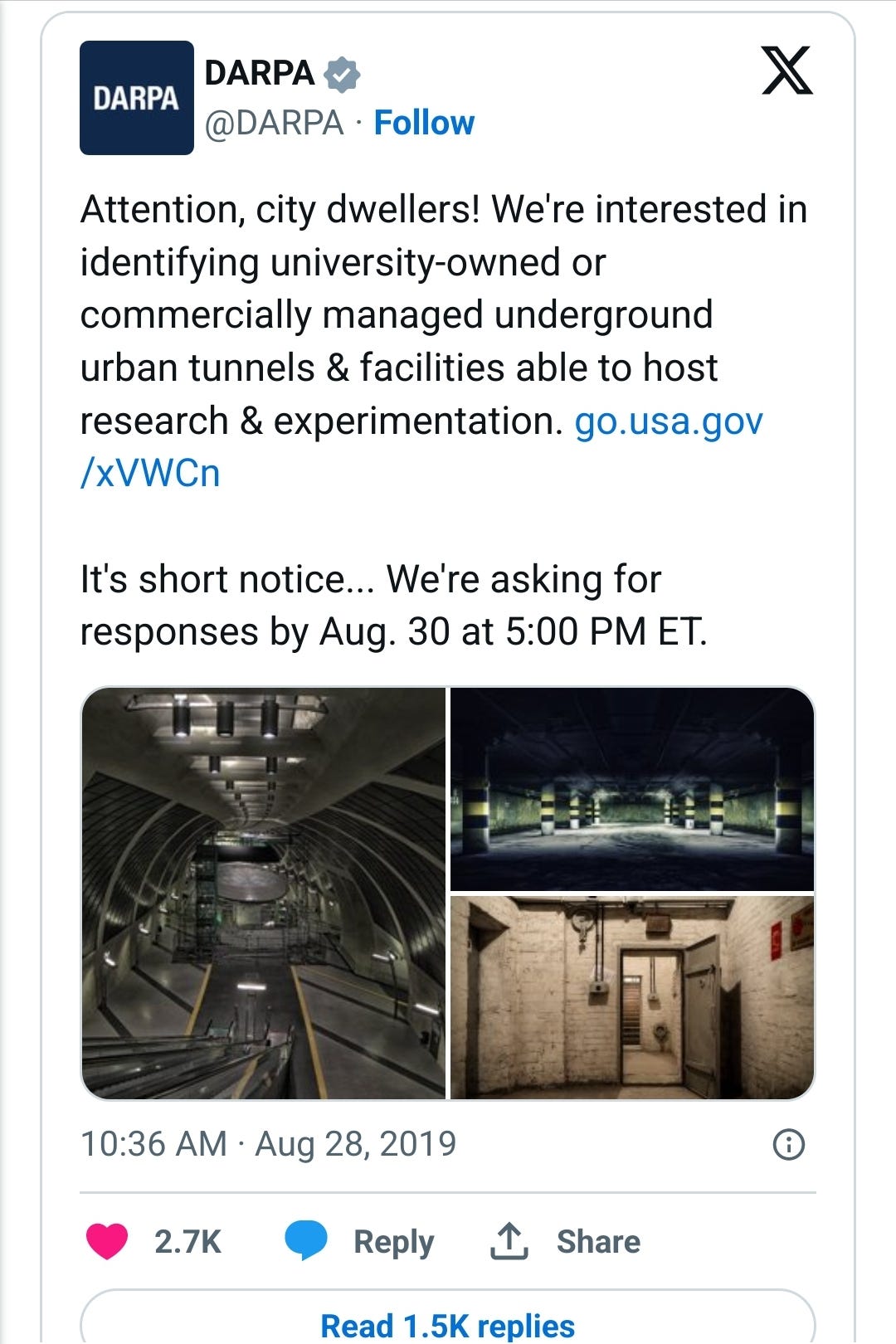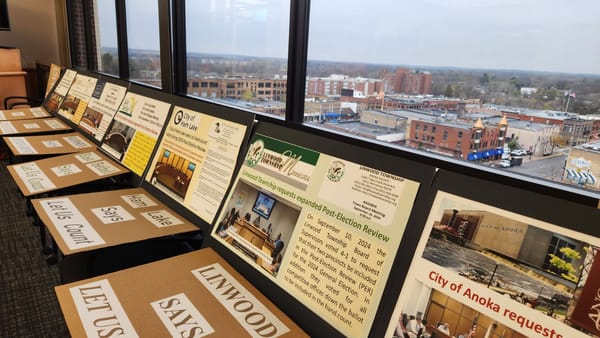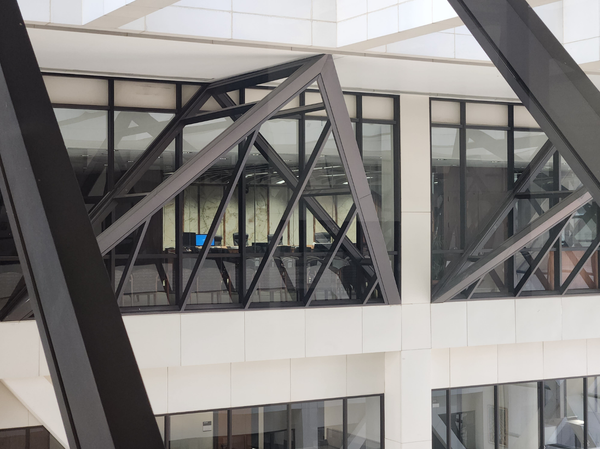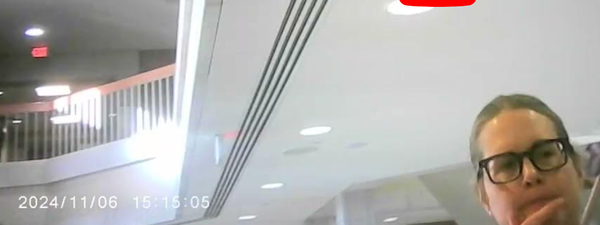Subterranean warfare
Thoughts going out to the men and women in harm's way today
Since I was 14 I haven't again experienced pure darkness.
It has been said that darkness is merely an absence of light. Whether the modern mainline scientific understanding of dark and light is even accurate is immaterial when moments before, headlamps on in a corner of a vast cavern system in one of the southwestern states of the union, with Mom, Dad, brothers, all close at hand, suddenly vanish.
Even in a safe setting, with a group, led by a guide who has done this before, in such a place one's nerve is tested. Your eyes are open and yet nothing can be seen. (I recently turned the lights off in my garage while doing pull-ups, but while quite dark on a cloudy night, there was still a sliver of light through the door and a tiny indicator beacon on the garage door opener.)
Before long, though, all the faces under hard hats unexpectedly appeared; my younger brother, about 8 years of age at the time, had turned his light back on after only fifteen seconds. The guide did not scold him although I recall a mix of disappointment and relief throughout the group, such was the uniqueness of the feeling.
I have been in other underground settings, caves in Indonesia, subway systems in Manhattan and Singapore, and of course homestead basements (finished and unfinished) in Minnesota.
In my teens and twenties I also explored entire subterranean civilizations in two novels I wrote (Rise to the Rahz and Sound of Stone). In the books the denizens referred to the place they lived as the Known Caverns, because there were always further reaches to explore outside of their knowledge or mapping.
In 2017 DARPA issued a Request for Information (RFI) to improve its understanding of technologies to map and navigate “unknown complex subterranean environments to locate objects of interest, e.g., trapped survivors, without putting humans in harm’s way.”
https://www.darpa.mil/news-events/2017-11-21
Now, these settings weren't addressed in the recent Sound of Freedom, apart from the darkness of the shipping containers caging children as they were moved from places like Southeast Asia or South America to North America, but to a reasoning individual, underground is not only a reasonable place to hide products in a supply chain but also entire operations.

In 2019 DARPA asked for tunnel systems from colleges and universities as well as commercially-managed tunnels and facilities. I missed out on the tunnel network at college, as it was off limits to students. However I remember one soccer teammate telling stories of how he'd snuck in and lived to tell the tale. Anyway, why would DARPA makes such a request?
Recently, Derek Johnson, known for his work documenting bipartisan legislation (all laid out in the Blueprint on https://thedocuments.info) showing that President Trump formerly declared war through the War Powers Act of 1973 (on Decemeber 20, 2019, through the National Defense Authorization Act, the same day as the Space Force was formerly established) using national emergencies (in 50 USC section 1621) and indicated a worldwide operation with partner and support forces (in 50 USC section 1550) and then made direct orders with EOs 13912 and 13919 activating 1 million national gaurd and reserve components to active duty (as seen in 10 USC sections 12302 and 12304), shared two articles suggesting the military was preparing for subterranean missions as early as 2018:
https://www.military.com/daily-news/2018/06/24/army-spending-half-billion-train-troops-fight-underground.html/amp
https://www.washingtonexaminer.com/policy/defense-national-security/army-spending-a-half-billion-to-teach-soldiers-to-fight-in-sewers-and-subway-systems
Derek also posted this manual, published in 2019 by Major Haley, titled Shaping the Deep Fight: Operational Implications for the 21st Century Subterranean Conflict.
https://drive.proton.me/urls/TSSJ2KXK9W#he6x6slpDZ2w
When visiting Cambodia in 2014, on the way to the land mine museum, the man taking us turned to me and said I was lucky to born in the USA. It was on that trip that I was reminded of the Viet Nam war, where tunnel networks were critical. There was underground warfare in World War II as well. So it isn't new, but one can imagine how much more sophisticated facilities beneath the surface may have become, especially with the multi-story-building-sized drills (as seen in Elon Musk's Boring company).
But of course one need not have massive drills to create such underground networks. In Major Haley's manual, hospitals, churches, and residential homes are given as locations for subterranean operations. Her point is that an entire new way of thinking about, approaching, and artistically designing strategic plans for such complex terrain, topologies, and operations is required to be successful.
From 2015 to 2020 I lived in the renovated A-Mill, which was an early flour mill along the Mississippi River in Minneapolis, Minnesota. One day in the elevator, I ran into my two new friends, a couple in their late 80s who had not lost their sense of adventure, and on Floor -2 (minus two) we noticed a door open that was usually locked. Of course, there would be no story if we did not help ourselves in.
Beyond the threshold was access to a long open hallway, perhaps three hundred feet. Halfway along running water could be heard. Through yet another doorway and down two sets of wooden steps, we found ourselves about four levels down (from the surface) where a shaft brought fast-running water from the Mississippi River. The tunnel was dark and the rushing water was loud and exciting. This area was being restored to its original function to use water power for electricity in the building. This particular tunnel, I learned later, was over 100 years old.
Baaed on all the evidence right out in the open, there is more than meets the eye when it comes to, for instance, Gaza. And so, lately, I've wondered about the men and women in harm's way and whether they will have to make sacrifices I don't think many of reading this can understand (including myself), but I think some readers do. How do they keep their cool? Why do they do it? What must it be like?
I don't have much more to go on than my fifteen seconds of darkness, in completely safe conditions. What must it be like to spend days or weeks underground, not knowing what's around the next dark corner?
In another use of the words, though, I was recently reminded that light alway obliterates the darkness, and there is some comfort, hope, and conviction to be gained from such a thought. And while those men and women do their job, there is a job for the rest of us to do, too. Are we up to it?




